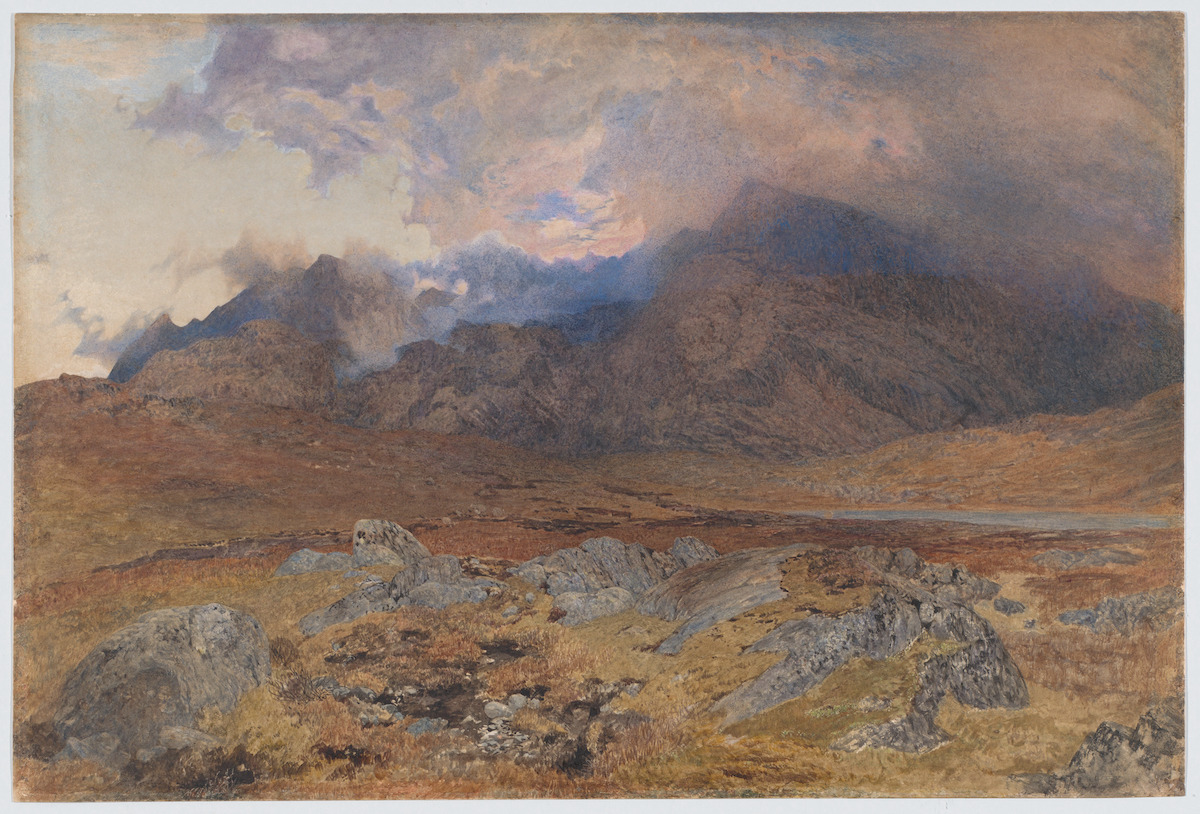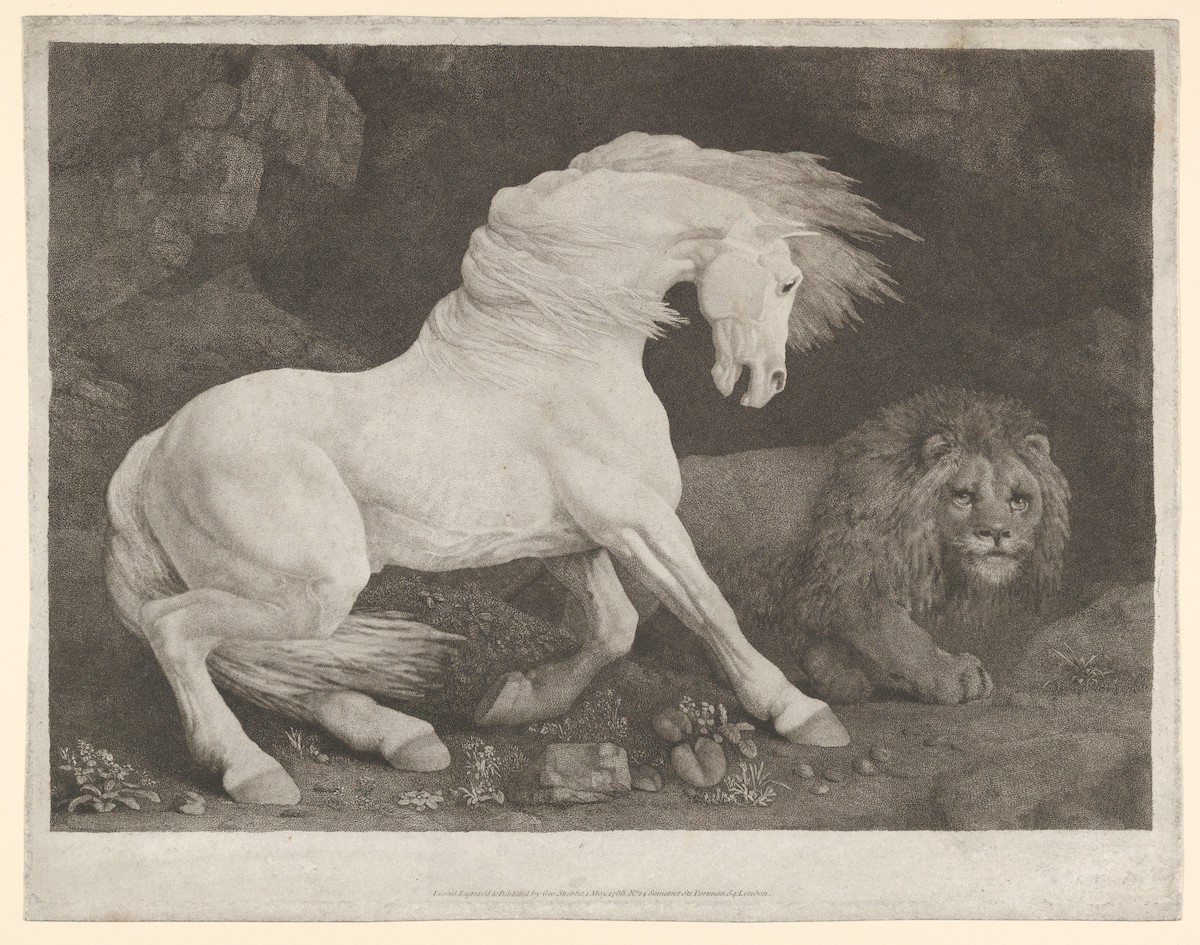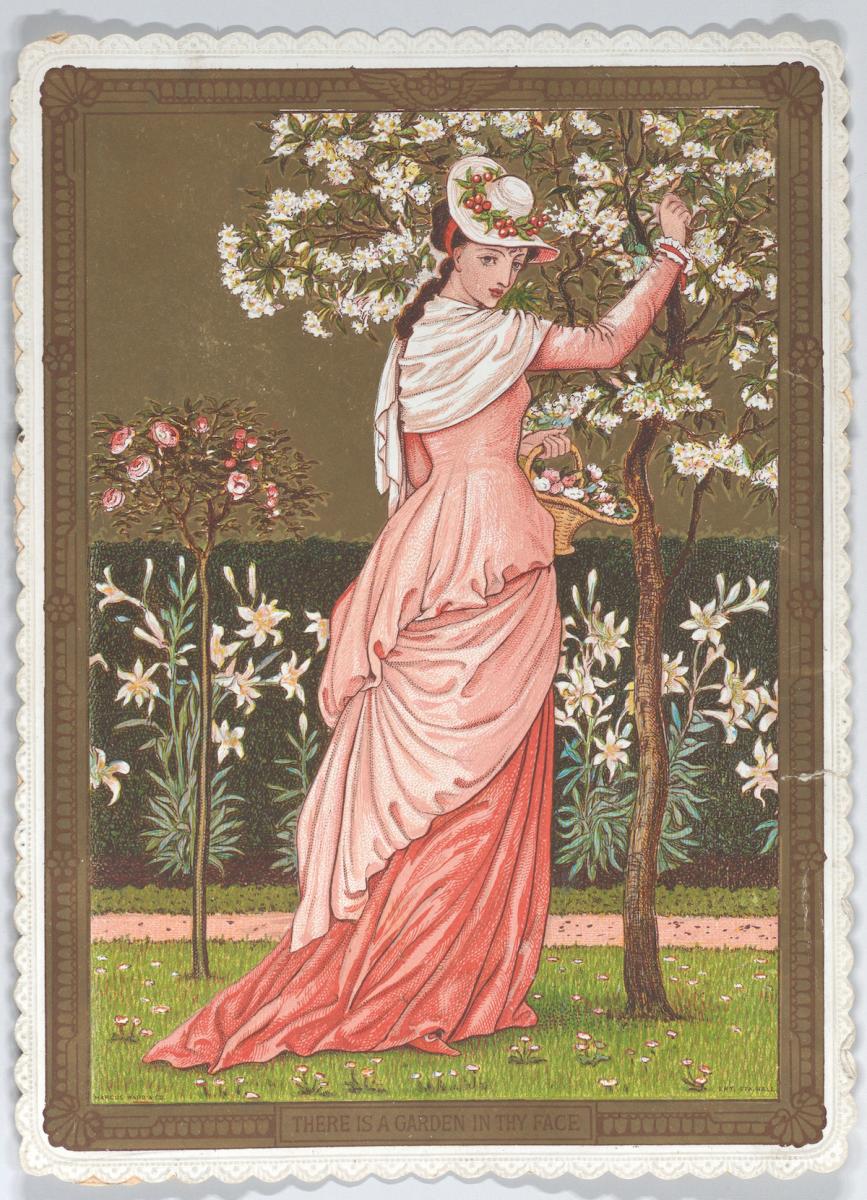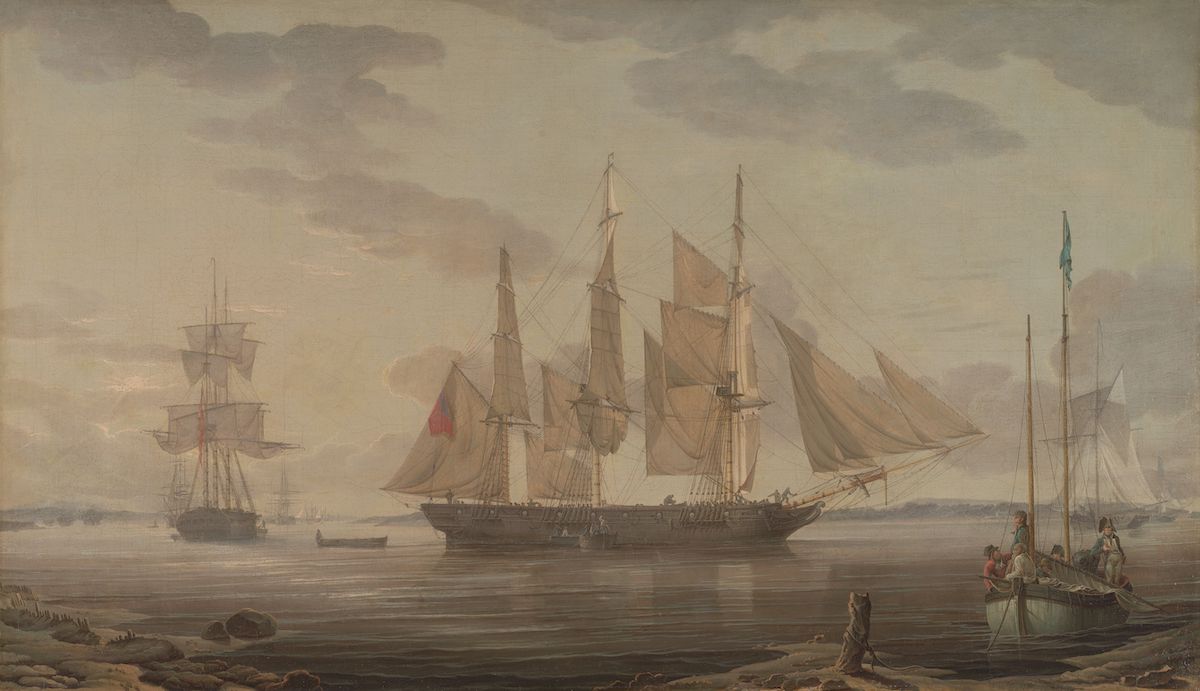This wonderful Cornish workshop and museum is dedicated to the legacy of studio pottery trailblazer Bernard Leach
5 Liverpudlian connections for May: Eurovision month!
5 Liverpudlian connections for May: Eurovision month!
11 May 2023
On behalf of last year’s victors Ukraine, Liverpool is hosting the Eurovision Song Contest. In honour of this, Ciaran Sneddon flags five artworks from artists connected to the city
Much of Liverpool has been transformed to make room for visiting delegations, international fans and British Eurovision lovers – all coming together for a celebration of music.
The city is an excellent choice to host, given its long-standing and much celebrated links to musical artists of all varieties: Elvis Costello, Frankie Goes to Hollywood, Cilla Black and, of course, The Beatles, to name just a few.
But what about artists who express themselves not through music but through visual mediums? Here are just five of the painters, illustrators and producers from Liverpool to whom we would award the full douze points.
Tracks and sketches
 Snowdon, after an April Hailstorm, or Snowdon through Clearing Clouds, by Alfred William Hunt (1830–96), c.1857. Image: The Met/Harry G Sperling Fund, 2016
Snowdon, after an April Hailstorm, or Snowdon through Clearing Clouds, by Alfred William Hunt (1830–96), c.1857. Image: The Met/Harry G Sperling Fund, 2016
This son of Liverpool’s foray into the world of art came via disaster.
Aged 16, Alfred William Hunt was travelling on a train towards the Dee Bridge in Chester when he discovered that the train directly in front of his had fallen into the river. The accident killed five people, but for Hunt at least, it offered a curious opportunity.
He had a sketch of the aftermath printed in The Illustrated London News.
With work exhibited at the Royal Academy in 1854, Hunt embarked on a career fuelled by landscapes, including this tranquil piece now housed in The Met’s collection.
Wild things
 A Horse Affrighted at a Lion, by George Stubbs (1724–1806), 1788. Image: The Met Collection/Harris Brisbane Dick Fund, by exchange, 1970
A Horse Affrighted at a Lion, by George Stubbs (1724–1806), 1788. Image: The Met Collection/Harris Brisbane Dick Fund, by exchange, 1970
A self-taught painter who grew up in Liverpool in the mid-18th century, George Stubbs is best known for his paintings involving horses. Indeed, this work, from The Met’s collection, is a typical example of this theme, which included a significant series of scenes that capture an interaction between a horse and a lion.
Little is known of Stubbs’s early years, other than to say that he initially followed in his father’s footsteps as a currier, or leatherworker, before following his dream of becoming a painter in his late teens. From the off, he was fascinated by horses, though other animals do appear in his catalogue, including big cats, giraffes, monkeys and rhinos.
A 1772 painting of a kangaroo, which was based on a drawing done by an illustrator who accompanied James Cook on his voyage of discovery, was the first painted appearance of the animal in Western art.
Childhood joy
 Valentine, by Walter Crane (1845–1915), 1876. Image: The Met/Gift of Mrs Richard Riddell, 1981
Valentine, by Walter Crane (1845–1915), 1876. Image: The Met/Gift of Mrs Richard Riddell, 1981
The Cranes were the Liverpool-born Quentin Blake, Julia Donaldson and Beatrix Potter of their time. Three siblings in all – the children of painter Thomas Crane: the eldest, Thomas, was an illustrator; the youngest, Lucy, was a noted children’s writer; and Walter, the creator of this piece, was an artist who set the tone for generations of images related to nursery rhymes and children’s stories.
Also a leading figure in the Arts and Crafts Movement, Crane’s colourful illustrations captured the public’s imagination, arguably making him the most influential artist in his field during the Victorian period.
He was interested in children’s classics: those of the Brothers Grimm, Ali Baba and the Forty Thieves, Arthurian legends and so on. When not busy with these projects, he also created pieces for adults using a range of mediums including pottery, wallpaper, stained glass and watercolour.
Rigs and sails
 Ships in harbour, by Robert Salmon (1775– c.1845), 1805. Image: Yale Center for British Art, Paul Mellon Collection
Ships in harbour, by Robert Salmon (1775– c.1845), 1805. Image: Yale Center for British Art, Paul Mellon Collection
Like his finned namesake, Robert Salmon loved the water. His 1,000-strong catalogue of paintings is almost entirely devoted to the sea and maritime life, and there are many that survive from the time he spent in Liverpool as a young artist.
The deftness and accuracy of his style suggests more than just a passing understanding of how these ships worked, although little is known of the time before his arrival in Liverpool in 1806.
By 1828, Salmon was keen to broaden his horizons and emigrated to the United States. He lived in a hut overlooking Boston Harbour, spending most of the time alone. He would return to Europe in 1842, where it is thought he lived out the last of his years in Italy.
On the tiles
 Set of twelve tiles with scenes from Aesop's Fables by an unknown artist, c.1760. Image: The Met/Bequest of Sarah Williams, 1944
Set of twelve tiles with scenes from Aesop's Fables by an unknown artist, c.1760. Image: The Met/Bequest of Sarah Williams, 1944
In the mid-18th century, Liverpool began to make a name for itself as a city of earthenware and pottery. Transfer printing in particular became a trademark, and the city emerged as a British frontrunner in the commercial production of printed tiles and other decorative pieces.
This collection of 12 tiles – each depicting the pivotal moment from one of Aesop’s famous fables – is emblematic of the growing supply line. Tiles became increasingly popular as word spread. After all, they could be printed en masse and with minimal waste, making them an affordable piece of art for the home – as well as a profitable one for the maker.
About the Author
Ciaran Sneddon
Writes for The Arts Society
JOIN OUR MAILING LIST
Become an instant expert!
Find out more about the arts by becoming a Supporter of The Arts Society.
For just £20 a year you will receive invitations to exclusive member events and courses, special offers and concessions, our regular newsletter and our beautiful arts magazine, full of news, views, events and artist profiles.
FIND YOUR NEAREST SOCIETY
MORE FEATURES
Ever wanted to write a crime novel? As Britain’s annual crime writing festival opens, we uncover some top leads
It’s just 10 days until the Summer Olympic Games open in Paris. To mark the moment, Simon Inglis reveals how art and design play a key part in this, the world’s most spectacular multi-sport competition



